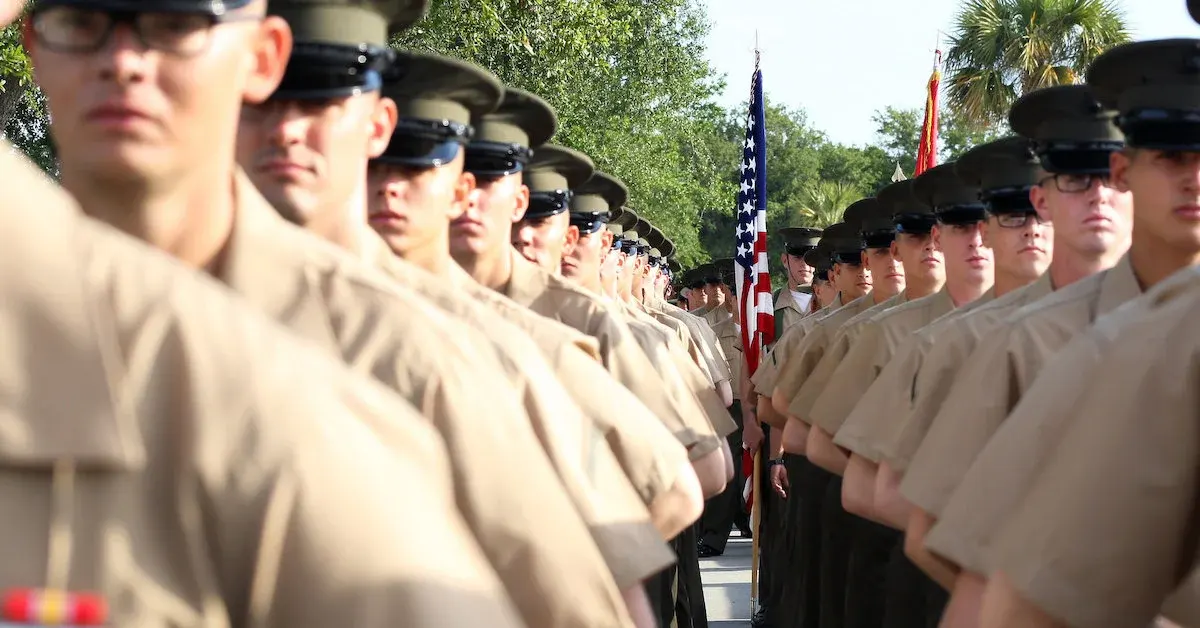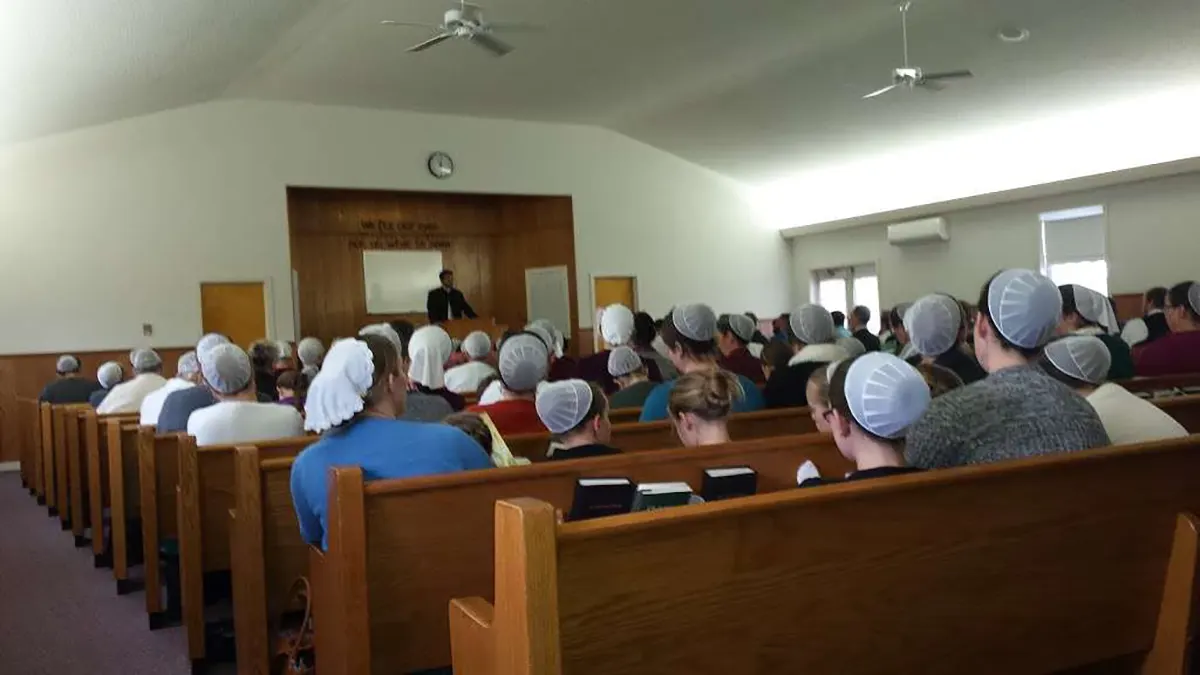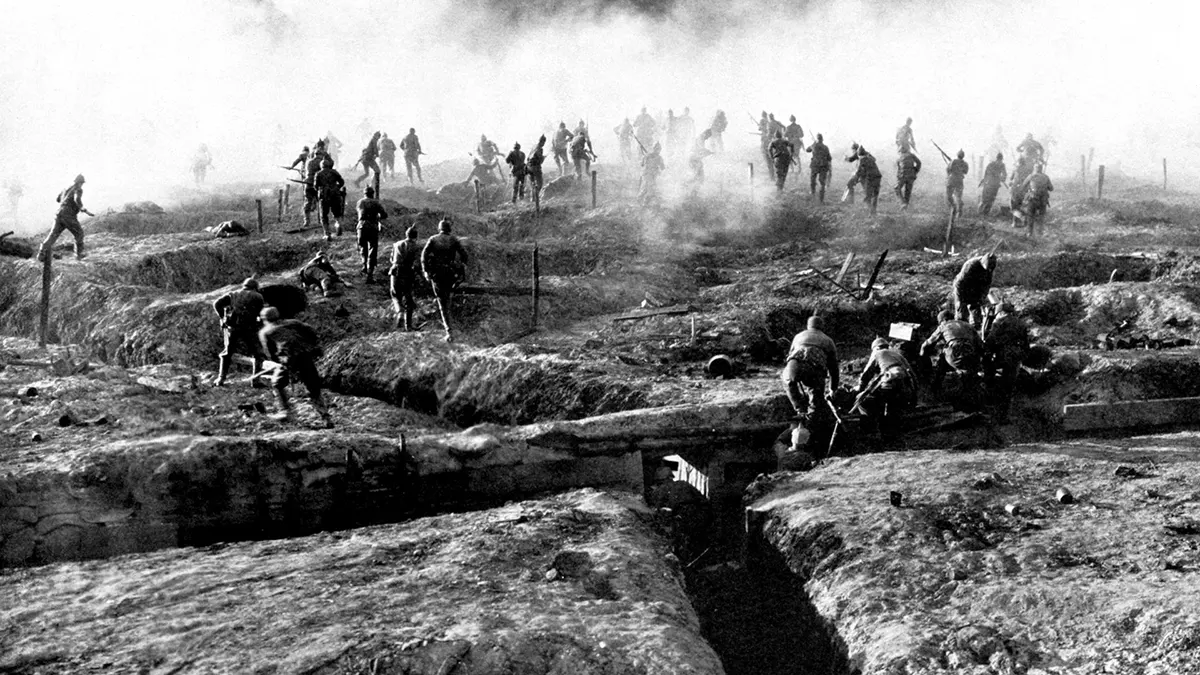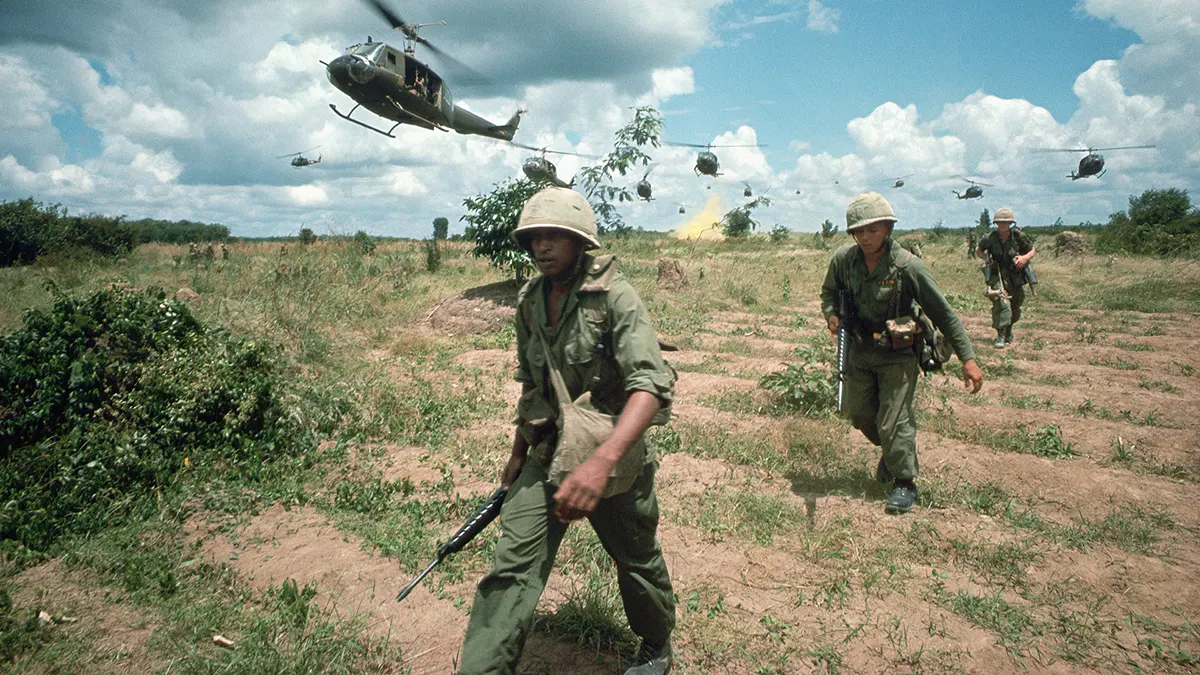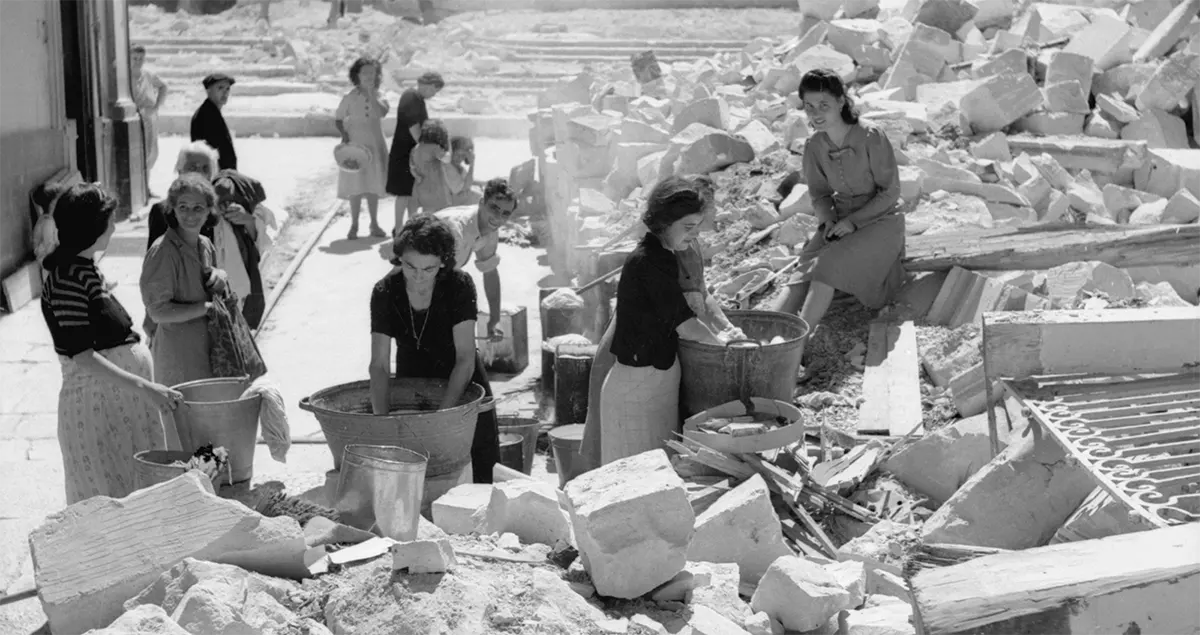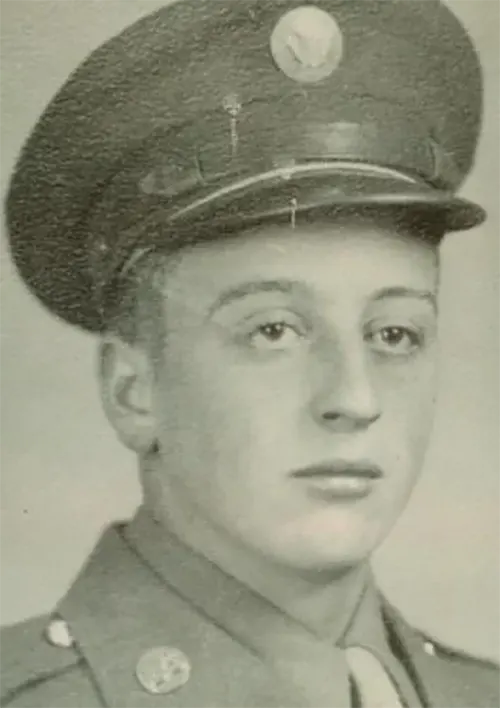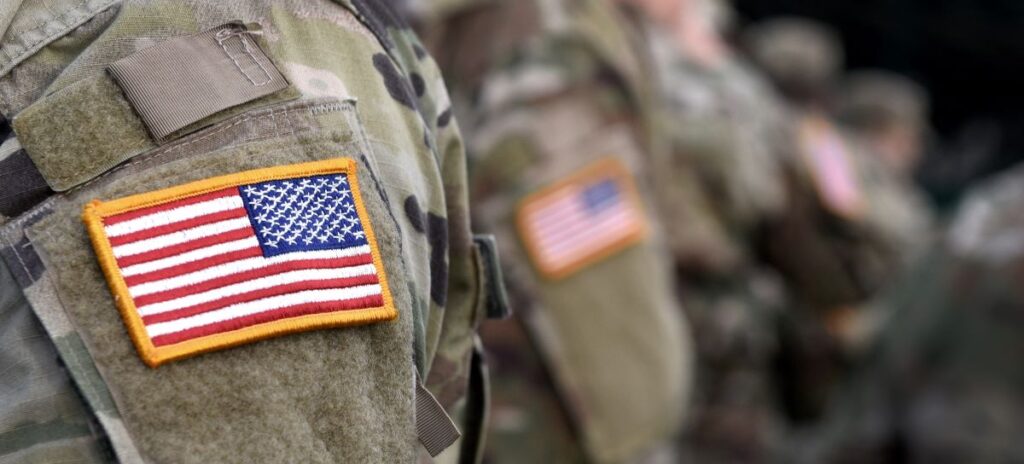
The Amish community is known for its pacifist beliefs and commitment to nonviolence. As a result, many people may wonder whether the Amish ever serve in the military. This question raises complex issues about Amish beliefs, values, and relationships with the modern society.
Most Amish men do not serve in the military, and the community has a long-standing exemption from conscription. However, there have been some exceptions to this general rule, and the issue of Amish military service continues to be debated and discussed.
While there is no simple answer, exploring the Amish stance on military service can illuminate this fascinating community’s unique cultural and religious traditions. Read on to learn more.
The Amish Community Views on Military Service
The Amish community’s stance on military service is rooted in their religious beliefs and commitment to nonviolence. They believe taking arms against others or engaging in warfare, even serving a more significant cause or a country, is wrong.
The Amish generally follow the teachings of Jesus Christ and the Amish church, particularly the Sermon on the Mount, which calls for a rejection of violence and a commitment to mercy, forgiveness, and nonresistance.
The Amish culture and Amish belief in nonviolence is closely tied to the religious group’s emphasis on community and peacemaking. The Amish people seek to live in harmony with one another and resolve conflicts peacefully without resorting to force or brutality.
They believe that war and military service undermine these values and lead to more violence, division, and destruction.
What Does the Amish Church Say About Non-Resistance?
No matter which Amish community an Amish person belongs to, the Amish way of life is generally known as the living interpretation of every word of the Bible since this is what the Amish church has taught them since the beginning.
The Amish, among other Christian groups, base their commitment to non-resistance on these teachings from the Bible.
- “Do not resist an evil person. If anyone slaps you on the right cheek, turn to them the other cheek also” (Matthew 5:39, NIV).
- “Do not repay evil with evil or insult with insult. On the contrary, repay evil with blessing, because to this you were called so that you may inherit a blessing” (1 Peter 3:9, NIV).
- “But I tell you, love your enemies and pray for those who persecute you” (Matthew 5:44, NIV).
- “If it is possible, as far as it depends on you, live at peace with everyone” (Romans 12:18, NIV).
- “Bless those who persecute you; bless and do not curse” (Romans 12:14, NIV).
- “Do not be overcome by evil, but overcome evil with good” (Romans 12:21, NIV).
Are the Amish Conscientious Objectors?
All men, Amish or not, were legally required to register for the draft during the war, but they may request a “conscientious objector status” that would exempt them from combat duty.
World War I
During the late spring of 1917, The U.S. began a national conscription service as they entered World War I. Some Amish men acquired exemptions for farm deferments as Conscientious Objectors, but others were required to report to camps.
Most drafted Amish men who refused to enter the service were still required to perform an alternative service to fulfill their obligation to the country.
Many Amish men served in Civilian Public Service (CPS) camps, which the government established to provide non-combatant service opportunities for conscientious objectors.
Amish men and other Conscientious Objectors in CPS camps performed various tasks, such as working in hospitals, conducting scientific research, and fighting forest fires.
The work was often physically demanding and required long hours. Still, the Amish and other Conscientious Objectors saw it as a way to contribute to the war effort without compromising their beliefs.
World War II
After the Japanese launched a surprise attack at Pearl Harbor, the U.S. began military conscription when they joined World War II on December 7, 1941.
Seven hundred and seventy-two Old Order Amish men were drafted. Again, they declared themselves Conscientious Objectors and didn’t join the second world war.
Korean War and Vietnam War
During the beginning of the Korean War in 1950, the U.S. draft system no longer exempted COs. Each Amish person drafted was required to enter some alternative service as part of the I-W program —the same situation when the U.S. entered the Vietnam War in 1954.
Amish people declared Conscientious Objectors had spent years working in government or NGOs, where most existed outside Amish settlements.
In 1969, the Steering Committee and the Selective Service System completed an agreement that allowed young men in the Amish faith to serve their I-W alternative service on Amish farms instead of outside world’s NGOs when chosen.
Amish COs could now spend years on farms contracted by the Amish church, keeping them within their church’s reach and avoiding the temptations of the modern world.
The Aftermath of War for Amish Communities
War can change people’s views, whether they’re Amish or non-Amish. Memories from these events don’t fade quickly. Many Amish children, for instance, grow up with war stories told by their parents or grandparents.
These are not fairy tales; instead, these are actual accounts of their relatives being victims of harassment and attacks during World Wars I and II, Korea, and Vietnam.
The Amish who declared themselves conscientious objectors faced challenges and discrimination during these periods, such as being viewed as unpatriotic or neglecting their duty to their country even if they were working in an alternative service.
There were stories that COs, including the Amish, were beaten in military training camps because they refused to join the combat during the first world war.
Howard Plank, a member of the Amish community in Arthur, Illinois, told Chicago Tribune his own story during the Vietnam War when someone threw a brick at his buggy and the time when his brother was shot while visiting his girlfriend.
Stories about Amish families being charged with substitution fees and heavy war taxes and forced to give their possessions like wagons, farms, and even homes to armies were also told.
The religious persecution that happened in Europe that led them to leave in the first place, the pressure caused by the war in the new land they thought would be their new home.
The Amish communities’ commitment to non-resistance reportedly caused the first Amish families in Berks County, Pennsylvania to look for a better and more peaceful place to live in.
Three Documented Amish People Who Joined the Military
While the Amish refuse to join the military service in general, like in any other collectives, there’ll always be a few people who would think differently.
However, this doesn’t always mean they’re defying the rules they grew up to. For these people who were proudly raised Amish, serving their country is just as important as their Amish beliefs.
Floyd Helmuth
Floyd Helmuth was a member of one of the Amish groups in Illinois. At the start of World War II, 18-year-old Helmuth enlisted in the United States Navy.
Helmuth spent three months in a Michigan boot camp before training in Florida as an engineer for approximately four months. In mid-1945, Helmuth was sent to the South Pacific as a helmsperson for LCSL 104, a landing craft support boat holding a unit of 70 Navy sailors.
He joined the most significant amphibious assaults in the Pacific during World War II – the Battle of Okinawa or the “Operation Iceberg.”
After the war, Helmuth settled in Tyler, where he worked as a rancher for Southland Distribution and Tyler Foam Co. He was 88 years old when he died on June 25, 2013.
Malinda Dennison
Malinda Dennison grew up in one of the small Amish settlements in Spartansburg, Pennsylvania. Due to her drive to gain new knowledge and try new things beyond the 8th-grade education she received from one of the Amish private schools in her Amish community, she left and started a new chapter of her life that eventually led her to graduate from Fort Leonard Wood as a military police Soldier with Company E, 795th Military Police Battalion.
That’s also where Dennison met her husband, Sgt. 1st Class Ross Dennison, during college days. According to her, he inspired her to join the Army.
Dennison’s Amish upbringing played a vital role in making her transition to Army life more manageable than expected. First, all Amish children are trained to wake up early and do chores. As part of the military training, everyone should wake up at 5 in the morning daily.
The Amish population is known to have strong work ethics. Dennison grew up with a naturally excellent disposition in work and life and a powerful desire to always succeed.
Dennison’s integrity and duty are the Army values she’s proud of the most. As of 2019, she decided to join the Army Reserves so she could work and continue her education while serving her country.
Andrew Stoltzfus
Andrew K. Stoltzfus, born in 1924 on a farm in Intercourse, Pennsylvania, grew up in a large Amish family. However, unlike Floyd Helmuth and Malinda Dennison’s stories, this one has a different ending.
Stoltzfus’s mother died when he was still young. He left his Amish family, the church, and the entire community to enlist in the U.S. Army in the early 1940s.
Being part of the Old Order Amish group, Stoltzfus’ decision to join the Army was met with mixed reactions from his family.
By the time Stoltzfus enlisted, the war suddenly caused a need to fill the depleted ranks of foot soldiers. Because of this, he was suddenly reassigned from the air force to become a member of L Company, 121st Regiment, 8th Division.
Before Stoltzfus got deployed overseas in 1943, he visited his family back at Intercourse. One year later, he became one of the “unusually heavy causalities” during an attack on the German town of Hurtgen. He fell on November 23, 1944.
Today, Stoltzfus lies in Grave 40, Row 1, Plot D of the 57-acre Henri-Chapelle American Cemetery and Memorial in Belgium, together with 7,991 other American soldiers who fell fighting along the German border.
According to his brother, Reuben, he didn’t exactly like the Army due to his Amish beliefs. But despite all that, Stoltzfus left everything behind at a young age to defend freedom alongside millions of Americans during World War II.
Conclusion
The Amish community believes in non-resistance and conscientious objection to military service. While there have been exceptions to this rule, most Amish choose to serve their communities in other ways, such as through farming and other trades.
The Amish have faced harassment and persecution during the war but remain steadfast in their convictions.
The stories of Amish veterans who struggled with the conflict between their faith and their duty to serve their country serve as a testament to the challenges faced by those who follow the Amish way of life.
